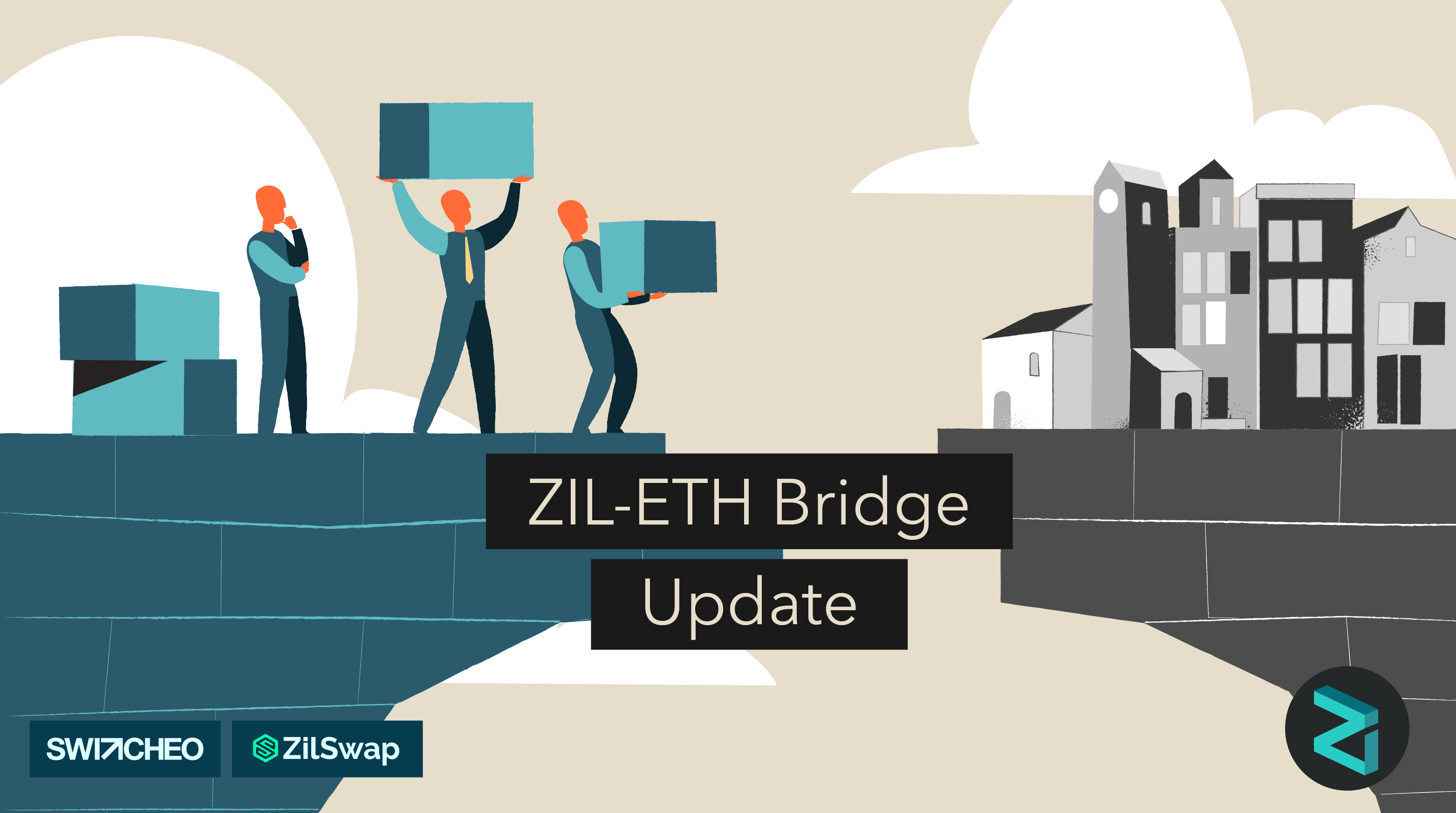DevOps requires a modern approach to application security

As software development has picked up speed, organizations have deployed
automation to keep up, but many are having trouble working out the security
testing aspect of it. Current application security testing tools tend to scan
everything all the time, overwhelming and overloading teams with too much
information. If you look at all the tools within a CI pipeline, there are tools
from multiple vendors, including open-source tools that are able to work
separately, but together in an automated fashion while integrating with other
systems like ticketing tools. “Application security really needs to make that
shift in the same manner to be more more fine-grained, more service-oriented,
more modular and more automated,” said Carey. Intelligent orchestration and
correlation is a new approach being used to manage security tests, reduce the
overwhelming amount of information and let developers focus on what really
matters: the application. While the use of orchestration and correlation
solutions are not uncommon on the IT operations side for things like network
security and runtime security, they are just beginning to cross into the
application development and security side of things, Carey explained.
Databricks cofounder’s next act: Shining a Ray on serverless autoscaling
Simply stated, Ray provides an API for building distributed applications. It
enables any developer working on a laptop to deploy a model on a serverless
environment, where deployment and autoscaling are automated under the covers. It
delivers a serverless experience without requiring the developer to sign up for
a specific cloud serverless service or know anything about setting up and
running such infrastructure. A Ray cluster consists of a head node and a set of
worker nodes that can work on any infrastructure, on-premises or in a public
cloud. Its capabilities include an autoscaler that introspects pending tasks,
and then activates the minimum number of nodes to run them, and monitors
execution to ramp up more nodes or close them down. There is some assembly
required, however, as the developer needs to register to compute instance types.
Ray can start and stop VMs in the cloud of choice; the ray docs provide
information about how to do this in each of the major clouds and Kubernetes. One
would be forgiven for getting a sense that Ray is déjà vu all over again.
Stoica, who was instrumental in fostering Spark's emergence, is taking on a
similar role with Ray.
Akka Serverless is really the first of its kind

Akka Serverless provides a data-centric backend application architecture that
can handle the huge volume of data required to support today’s cloud native
applications with extremely high performance. The result is a new developer
model, providing increased velocity for the business in a highly cost-effective
manner leveraging existing developers and serverless cloud infrastructure.
Another huge bonus of this new distributed state architecture is that, in the
same way as serverless infrastructure offerings allow businesses to not worry
about servers, Akka Serverless eliminates the need for databases, caches, and
message brokers to be developer-level concerns. ... Developers can express their
data structure in code and the way Akka Serverless works makes it very
straightforward to think about the “bounded context” and model their services in
that way too. With Akka Serverless we tightly integrate the building blocks to
build highly scalable and extremely performant services, but we do so in a way
that allows developers to write “what” they want to connect to and let the
platform handle the “how”. As a best practice you want microservices to
communicate asynchronously using message brokers, but you don’t want all
developers to have to figure out how to connect to them and interact with
them.
Windows 11 enables security by design from the chip to the cloud
The Trusted Platform Module (TPM) is a chip that is either integrated into your
PC’s motherboard or added separately into the CPU. Its purpose is to help
protect encryption keys, user credentials, and other sensitive data behind a
hardware barrier so that malware and attackers can’t access or tamper with that
data. PCs of the future need this modern hardware root-of-trust to help protect
from both common and sophisticated attacks like ransomware and more
sophisticated attacks from nation-states. Requiring the TPM 2.0 elevates the
standard for hardware security by requiring that built-in root-of-trust. TPM 2.0
is a critical building block for providing security with Windows Hello and
BitLocker to help customers better protect their identities and data. In
addition, for many enterprise customers, TPMs help facilitate Zero Trust
security by providing a secure element for attesting to the health of devices.
Windows 11 also has out of the box support for Azure-based Microsoft Azure
Attestation (MAA) bringing hardware-based Zero Trust to the forefront of
security, allowing customers to enforce Zero Trust policies when accessing
sensitive resources in the cloud with supported mobile device managements (MDMs)
like Intune or on-premises.
Switcheo — Zilliqa bridge will be a game-changer for BUILDers & HODlers!

Currently, a vast majority of blockchains operate in silos. This means that many
blockchains can only read, transact, and access data within a singular
blockchain. This limits blockchain user experience and hinders user adoption.
Without interoperability, we have individual ecosystems where users and
developers have to choose which blockchain to interact with. Once they choose a
blockchain, they are limited to using its features and offerings. Not the most
decentralised environment to build on right? No blockchain should be an island —
and working alone doesn’t end well. We need to stay connected to different
protocols so ideas, dApps and users can travel across platforms conveniently.
With interoperability, users and developers can seamlessly transact with
multiple blockchains and benefit from those cross-chain ecosystems, application
offerings in areas like decentralised finance (DeFi), gaming, supply chain
logistics, etc. The list goes on. Interoperability creates the ability for users
and developers to not be stuck having to choose one blockchain over another, but
rather, they can benefit from multiple chains being able to interlink.
JSON vs. XML: Is One Really Better Than the Other?
Despite resolving very similar purposes, there are some critical differences
between JSON and XML. Distinguishing both can help decide when to opt for one or
the other and understand which is the best alternative according to specific
needs and goals. First, as previously mentioned, while XML is a markup language,
JSON, on the other hand, is a data format. One of the most significant
advantages of using JSON is that the file size is smaller; thus, transferring
data is faster than XML. Moreover, since JSON is compact and very easy to read,
the files look cleaner and more organized without empty tags and data. The
simplicity of its structure and minimal syntax makes JSON easier to be used and
read by humans. Contrarily, XML is often characterized for its complexity and
old-fashioned standard due to the tag structure that makes files bigger and
harder to read. However, JSON vs. XML is not entirely a fair comparison. JSON is
often wrongly perceived as a substitute for XML, but while JSON is a great
choice to make simple data transfers, it does not perform any processing or
computation.
How to Build Your Own Blockchain in NodeJS

It can be helpful to think of blockchains as augmented linked lists, or arrays
in which each element points to the preceding array. Within each block
(equivalent to an element in an array) of the blockchain, there contains at
least the following: A timestamp of when the block was added to the
chain; Some sort of relevant data. In the case of a cryptocurrency, this data
would store transactions, but blockchains can be helpful in storing much more
than just transactions for a cryptocurrency; The encrypted hash of the block
that precedes it; and An encrypted hash based on the data contained
within the block(Including the hash of the previous block). The key component
that makes a blockchain so powerful is that embedded in each block's hash is
the data of the previous block (stored through the previous block's hash).
This means that if you alter the data of a block, you will alter its hash, and
therefore invalidate the hashes of all future blocks. While this can probably
be done with vanilla Javascript, for the sake of simplicity we are going to be
making a Node.js script and be taking advantage of Node.js's built-in Crypto
package to calculate our hashes.
5 Practices to Improve Your Programming Skills

Programmers have to write better code to impress hardware and other
programmers (by writing clean code). We have to write code that will perform
well in time and space factors to impress hardware. There are indeed several
approaches to solve the same software engineering problem. The
performance-first way motivates you to select the most practical and
well-performing solution. Performance is still crucial regardless of modern
hardware because accumulated minor performance issues may affect badly for the
whole software system in the future. Implementing hardware-friendly solutions
requires computer science fundamentals knowledge. The reason is that computer
science fundamentals teach us about how to use the right data structures and
algorithms. Choosing the right data structures and algorithms is the key to
success behind every complex software engineering project. Some performance
problems could stay hidden in the codebase. Besides, your performance test
suite may not cover those scenarios. Your goal should be to apply performance
patches when you spot such a problem always.
Containers Vs. Bare Metal, VMs and Serverless for DevOps

The workhorse of IT is the computer server on which software application
stacks run. The server consists of an operating system, computing, memory,
storage and network access capabilities; often referred to as a computer
machine or just “machine.” A bare metal machine is a dedicated server using
dedicated hardware. Data centers have many bare metal servers that are racked
and stacked in clusters, all interconnected through switches and routers.
Human and automated users of a data center access the machines through access
servers, high security firewalls and load balancers. The virtual machine
introduced an operating system simulation layer between the bare metal
server’s operating system and the application, so one bare metal server can
support more than one application stack with a variety of operating systems.
This provides a layer of abstraction that allows the servers in a data center
to be software-configured and repurposed on demand. In this way, a virtual
machine can be scaled horizontally, by configuring multiple parallel machines,
or vertically, by configuring machines to allocate more power to a virtual
machine.
Debunking Three Myths About Event-Driven Architecture
Event-driven applications are often criticized for being hard to understand
when it comes to execution flow. Their asynchronous and loosely coupled nature
made it difficult to trace the control flow of an application. For example, an
event producer does not know where the events it is producing will end up.
Similarly, the event consumer has no idea who produced the event. Without the
right documentation, it is hard to understand the architecture as a whole.
Standards like AsyncAPI and CloudEvents help document event-driven
applications in terms of listing exposed asynchronous operations with the
structure of messages they produce or consume and the event brokers they are
associated with. The AsyncAPI specification produces machine-readable
documentation for event-driven APIs, just as the Open API Specification does
for REST-based APIs. It documents event producers and consumers of an
application, along with the events they exchange. This provides a single
source of truth for the application in terms of control flow. Apart from that,
the specification can be used to generate the implementation code and the
validation logic.
Quote for the day:
"Leadership is being the first egg in
the omelet." -- Jarod Kintz
No comments:
Post a Comment